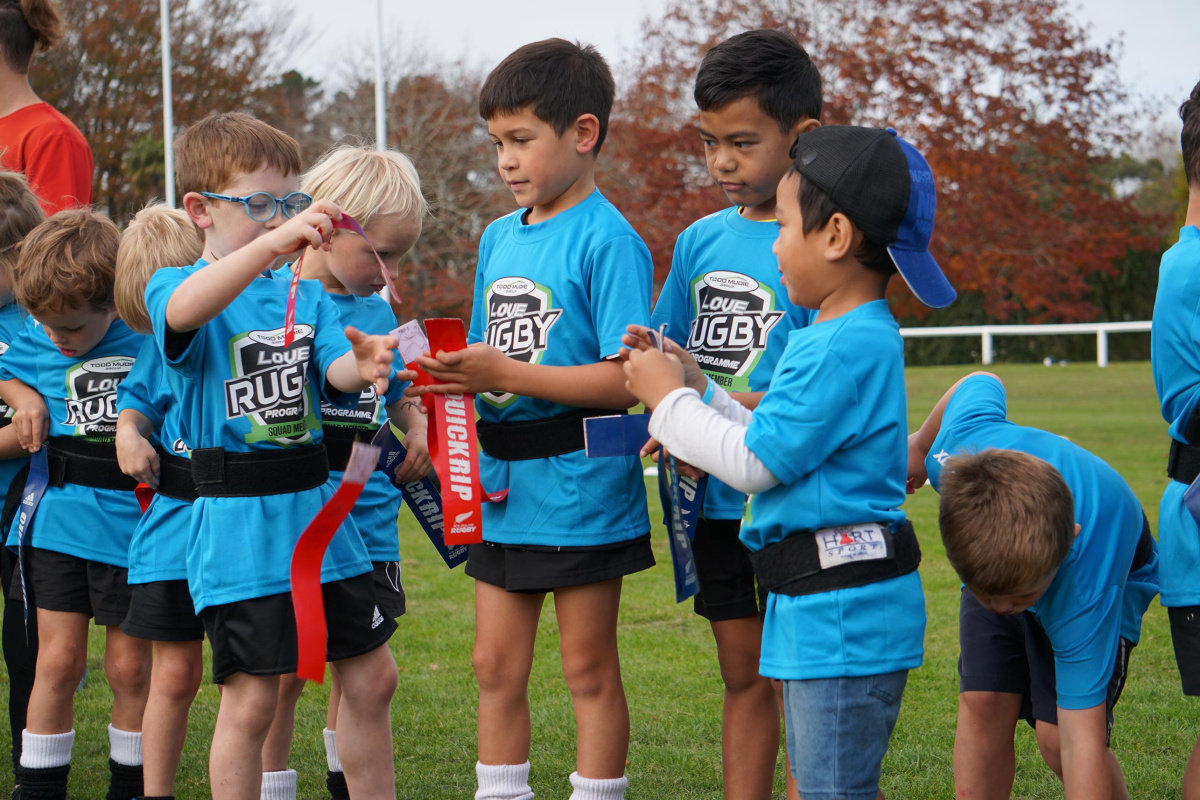- Introduction
- Research Methodology and Process
- Who are we Dealing With?
- In or Out!
- The Wish List
- The Rugby Player’s Pivotal Milestones
- The Start
- Mates
- Adults and Parents
- The Car Ride Home
- Side Lines
- Coaching
- Guidelines for Communicating with Teens
- Technology and Communication
- Injury
- Winning
- Training
- It’s Not All Doom and Gloom
- Half Game Rule
- In Their Own Words
- Solutions or More Problems?
- Conclusion
- Addendum
The Start

Rugby is a game for everyone - at any age.
Rugby in New Zealand is for anyone who wants to give it a go, no matter when they start. That’s why we put so much care into our Junior Rugby programme - it gives kids a great foundation and helps them grow their confidence and skills over time. But starting later doesn’t mean missing out. Many players begin at eight, nine, or even in their teens. What matters most is enjoying the game, learning together, and finding your place in the team.
For new players, the early days can feel like a steep learning curve - figuring out positions, rules, and how the game flows. That’s normal. Coaches, teammates, and whānau all play a role in helping players feel supported rather than overwhelmed. Rugby should never feel like “survival.” It should be about connection, learning, and having fun. Every player deserves a positive start, no matter when they join.
Junior Rugby
Around half of all rugby players in Aotearoa are playing junior rugby. The game progressions are designed to make the game simple, safe, and fun for all kids - no matter their age, size, or experience.
- Scaled for learning: Smaller fields, smaller teams, and smaller balls make it easier to handle, move, and understand the game.
- Gradual contact: Non-contact rugby at five and six years old builds confidence before tackling is introduced at seven.
- Player welfare first: Tackles, scrums, and lineouts are added step by step as players grow.
By the time players move through the grades, they’ve built the skills, confidence, and love for the game that keeps them playing for life.
The real goal
We want every player - whether they start at five or fifteen - to feel like they belong, are safe, and can grow in rugby. If some kids are feeling worried or unsure when they start, that’s a signal for us to do better at helping them settle in and have fun. Because rugby isn’t just about starting early - it’s about staying involved, staying connected, and enjoying the game at every stage.